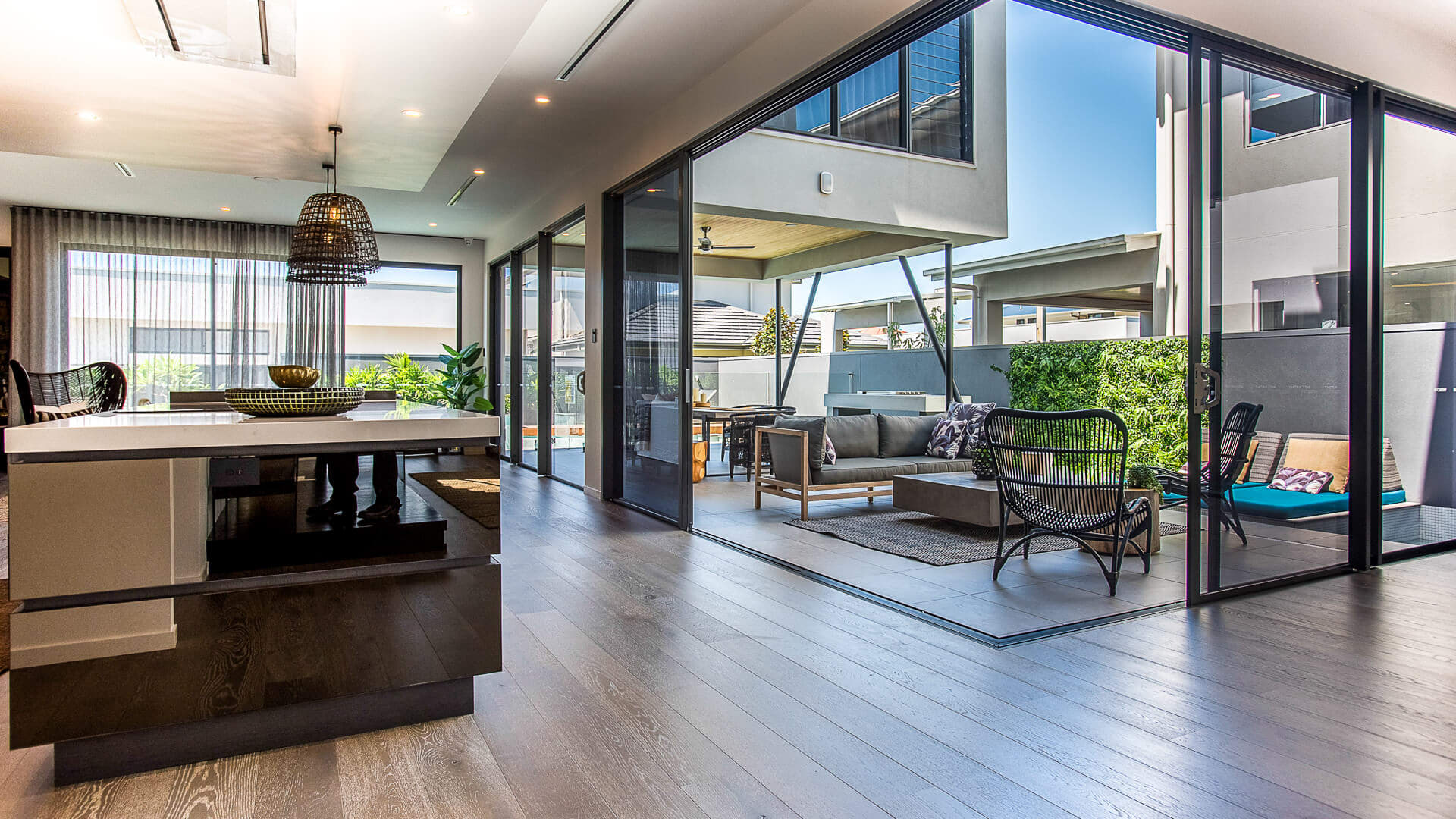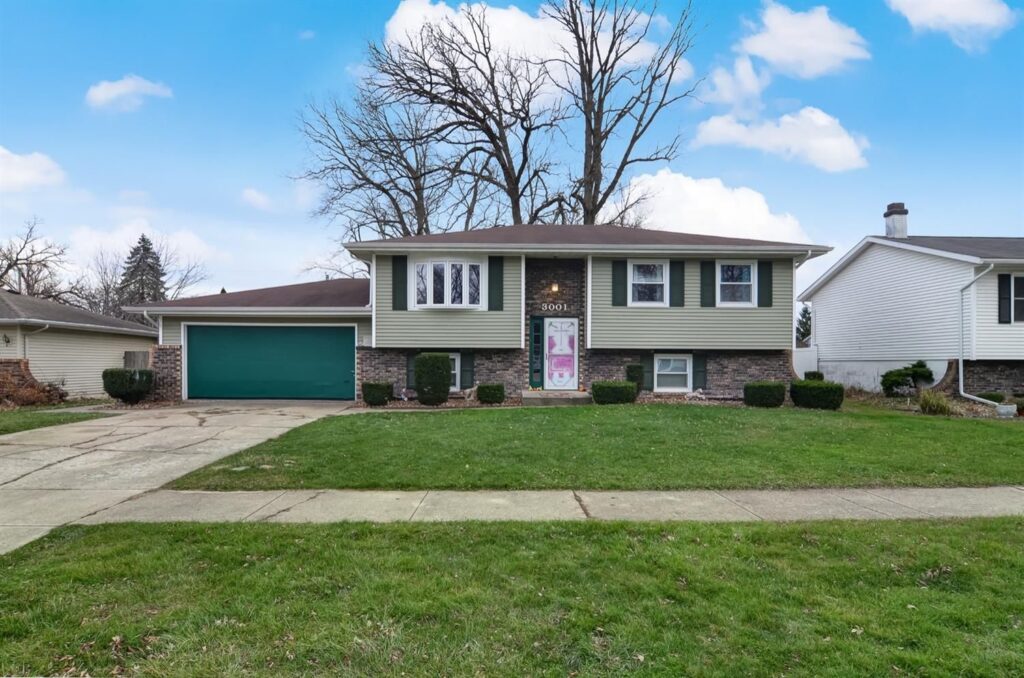
Property investment types with their pros and cons
There are a few things you should know about different forms of property investment types if you’re considering getting into the market. We’ll discuss several property investment kinds in this post, along with their benefits and drawbacks. So, without further ado, let’s start.
1. A single property investment in a BTL
Investors like real estate investment for three major reasons:
- Investors may own a real, observable asset.
- An item like real estate might increase in value and be sold for a profit.
- Rent from a property may give a consistent return.
The simplest way to invest in real estate is to acquire a home, apartment, or other structure that you will rent to renters.
With the expectation that it would appreciate in value by the time you decide to sell, you would either purchase the property outright with cash or with the use of a mortgage.
People who want to receive a larger return on their money during a period when interest rates are so low—as they have been since the 2008 financial crisis—have traditionally found success as buy-to-let landlords.

However, maintaining a BTL property investment may be time-consuming and frustrating. Buy-to-let has become less appealing as a result of tax adjustments implemented by the government.
These adjustments include the phase-out of mortgage interest tax benefit as well as the 3% stamp duty surcharge on buy-to-let and second homes.
You are the owner of a tangible asset.
- Rent might provide you with a steady source of money.
- The property’s worth can increase over time, allowing you to resell it for a profit.
- Insurance may protect you from harm to the building or its contents.
Cons:
- Property may be stressful and time-consuming, and recent tax changes have decreased the profitability of buy-to-let property investment.
- Why Residential properties used only for buy-to-let investing cannot be kept in a tax-free ISA or pension.
- Because selling a home takes time, you cannot get your money right away.
Risks:
- The property might sustain damage from tenants, costing you money.
- It might take months to evict renters since they might not pay the rent.
- The cost of real estate doesn’t always go up.
- Government regulations may have an impact on your home’s value. For instance, a significant number of apartments in Australia have had their value reduced as a result of the cladding issue.
How to determine the rental yield
Investors often consider rental income when thinking about buying real estate as a property investment. This represents your yearly rental revenue as a percentage of the property’s purchase price.
Rental yield is annual rental revenue × 100 times the purchasing price.
Consider purchasing a home. To avoid overpaying for a home, go by these recommendations.
2. Property investment types that are buy-to-sell
Investing in real estate for buy-to-sell sometimes entails a step known as “flipping.” In this case, you purchase a dilapidated home with the intention of renovating or updating it before selling it soon for a greater price.
You should be familiar with the neighborhood market and aware of the kind of properties that are in demand.
Benefits:
- There is a chance to gain money rapidly.
- You might learn a lot, develop new abilities, and enjoy the pleasure of leading a project to success.
- The cost of hiring craftsmen to complete refurbishment work can reduce your profit.
- If your profit exceeds £12,300, capital gains tax may be due.
Risks:
- Since more work will probably be necessary than you anticipate, expenses may end up being more than you anticipated. Advisory page
- You could find it difficult to sell the home, which might leave you paying out monthly charges to meet the mortgage, insurance, and other expenses, according to Homeowners Alliance, who advises property owners to put aside 10% more for unforeseen additional expenditures.
3. Investing in rentals
A rent-to-rent property investment is when you take over the management of a rental property from a landlord who wants to delegate the duty of seeking tenants and performing property upkeep.
Just like a traditional renter, you provide the landlord a deposit up advance in addition to a fixed monthly rent. The goal is to sublease the property so that you can charge your renters more rates and make a profit.
An illustration of how rent-to-rent property investment operates
- You come upon a vacant rental property.
- In return for the landlord accepting a rent that is below market value, let’s say £800, you give them a guaranteed rent.
- You charge renters £1,000 a month to rent the house from you.
- Alternatively, you might provide short-term rentals as a vacation rental and make about £1,500 each month.
- You may make between £1,001 and £3,500 each month if you do this with five houses.
Benefits:
It’s a simple method to start investing in real estate. The idea is simple to imitate, and you could easily manage many houses. You won’t have to purchase the property directly, apply for a mortgage, or pay stamp duty.
Cons:
Finding cooperative landlords could take some time.
- It could be difficult to locate quality renters.
- If you decide to convert the house into an HMO (see below), there will be additional upfront fees, such as obtaining a license.
- You’ll be in charge of overseeing continuous maintenance.
- You lose out on any financial gains since you do not own the property.
Risks:
- You will still be obligated to make your regular payments even if the renters fall behind on the rent.
- If renters damage the property, you might be held responsible.
4. Property investment in student housing
Property investment in student housing, also known as a housing complex specifically designed for students, as well as in individual homes and apartments is known as student property investment.
Approximately 600,000 specifically designed student rentals are available in Australia, according to statistics from real estate consulting firm Knight Frank.
According to the most recent National Student Accommodation Survey, nearly 90% of students continue to choose to live away from the family home, despite the coronavirus epidemic disrupting in-person tutoring.
Pros:
- High demand, with three students racing after each available room on average.
- Typically have enviable positions near to town centers and neighborhood conveniences.
- Because there are more renters, income is often greater than with many other investment properties.
- When specifically developed, properties often include administration and upkeep, which reduces investor bother.
- Even if one tenant vacates the property, you should still be paid rent for the whole thing.
Cons:
- Short-term renters are more common; you will need to find new tenants every year or so.
- Given that there will likely be more occupants, there is a greater chance of damage and wear and tear than if the home were rented to a family.
- Between June and September, while students are gone for the summer, there may be vacancies. This can include paying less or no rent during certain months.
Risks include:
- A decline in enrollment at universities as a result of high tuition costs and a decrease of the age at which student loan repayment must begin to come from job income.
- Unregulated schemes should be avoided by investors. As an example, consider A1 Alpha Properties, which the Serious Fraud Office believes defrauded investors into buying leaseholds for student housing. Investors lost money when the firm, which had guaranteed set yearly profits of up to 10%, entered administration. Investors could not seek for compensation through the Financial Services Compensation System since the scheme was unregulated (FSCS).

5. HMOs (Houses of Multiple Occupation)
A home of multiple occupancy, or HMO, is one where at least three tenants reside who are not related to one another. The kitchen and bathrooms will be shared by the renters. Although HMOs are often inhabited by students, anybody wishing to rent a room in a shared home may find them appealing.
Benefits:
- Usually less expensive for those with few housing alternatives.
- Record-high home purchasing expenses are driving up demand.
- Because there are more rooms available for rent than with a typical buy-to-let home, rental returns may be greater.
Example of HMO property yield in comparison to a typical home
- Three-bedroom home with the possibility of a fourth bedroom downstairs.
- Purchase price of £320,000.
- Rent for renting out the full home to one family or household: £1,100 per month or £13,200 per year.
- Rental yield: £13,200 / £320,000 x 100 = 4.1%.
- Rental yield: £19,200 / £320,000 x 100 = 6%
Rent for renting out individual rooms via an HMO: £400 x 4 = £1,600 pcm/£19,200 annually
The table above illustrates how an HMO’s potential revenue differs from that of a typical BTL property. These statistics do not, however, account for expenditures like as mortgage payments, upkeep, insurance, and leasing fees. Figures from a sample home in the Home Counties were utilized, and Rightmove data was used.
Cons:
- Regulation of HMOs is more stringent than that of typical buy-to-let houses. Fire doors, for instance, must be fitted.
- HMOs demand more management time and have greater maintenance expenditures.
- Your local council will likely require that you get a license.
HMOs need specialized mortgages; a typical BTL loan cannot be used for them.
Risks:
- There is a larger chance of overcrowding, which increases the risk of fire and other damage. This might result in significant expenses.
- If you break HMO regulations, you might be subject to many fines that could quickly total thousands of pounds.


